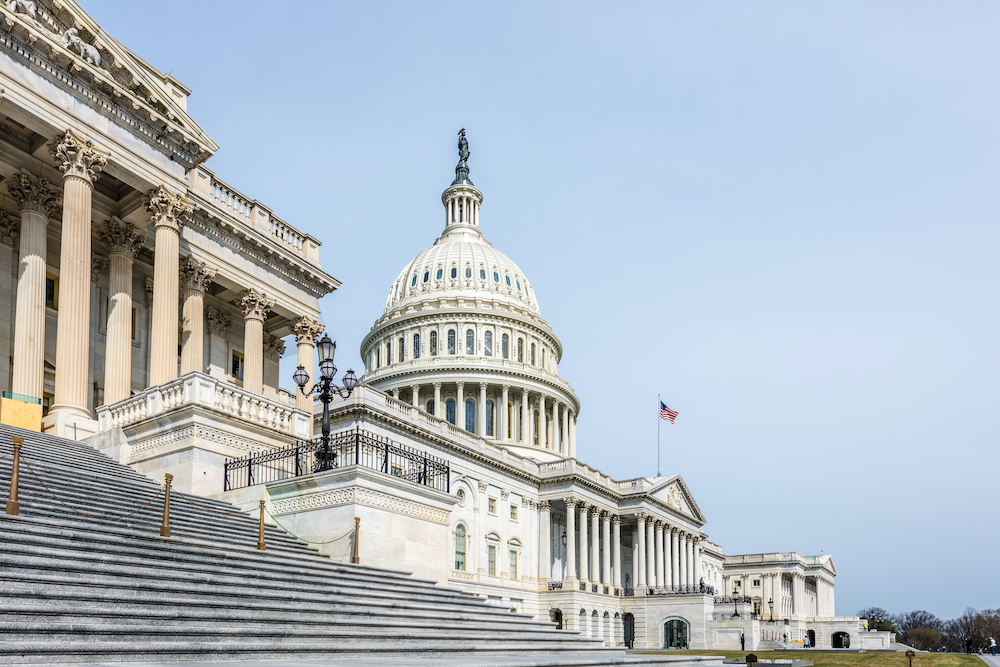As the story goes, the term “lobbying” was coined by President Ulysses S. Grant to describe the act of frequent patrons of a beloved hotel bar, who would offer a round of drinks to the President in exchange for the opportunity to pitch their takes on proposed legislation. Lobbying has come a long way since the 19th Century in both its importance and function in the legislative process.
What is Legislative Lobbying?
Legislative lobbying, the most common form of lobbying, attempts to shape legislation at the federal, state and local levels to align with a particular industry or group’s benefit. Legislative lobbyists do this by tracking legislation as it is introduced and engaging legislators on the industry or issue they represent.
Legislative lobbying is done by trade associations, corporations, advocacy groups, non-profit organizations, and even other government agencies. These groups also fund specialized research into their industry and organize advocacy campaigns to bolster public support for their objectives.
How Legislative Lobbyists Strategize
Lobbyists track legislation relevant to the issue they represent and set strategies on which legislators they should meet with to accomplish their industry’s policy objectives.
First, Legislative lobbyists must identify key bills to follow and follow them through the process. Then when a relevant bill is introduced, a lobbyist will then decide which key legislators to focus on for strategic meetings by evaluating the influencers for a piece of legislation. This includes bill sponsors, committee members, and vocal proponents for the issue the lobbyist represents.
Meet with Relevant Legislators
Relationship management is an essential tenet of legislative lobbying. A lobbyist builds relationships with legislators through meetings. As a subject matter expert, lobbyists translate complex subjects into clear and understandable terms for legislators. Elected officials come from a myriad of backgrounds and can’t be experts on all policy areas. Lobbyists use research, data, and their specialized knowledge of the industry or issue they represent to help fill those gaps and ensure legislators are making informed policy decisions and that legislation itself is informed by the industries it seeks to govern.
How does legislative lobbying differ from regulatory lobbying?
Regulatory lobbying, or regulatory affairs, requires a slightly different strategy than legislative lobbying. While there are ways that stakeholders can influence the regulatory process, there is less room for individual influence in regulatory affairs because of r the public comment process. Agencies build in time for public comment periods on new regulations, making regulatory lobbying more transparent than legislative lobbying. Regulatory lobbyists will often sit on advisory councils that provide subject matter expertise to the agency and give recommendations and industry insight to its decision making process.
How does legislative lobbying relate to public affairs?
Legislative lobbying and grassroots advocacy campaigns work in tandem to accomplish a policy objective using a unified voice. An organization’s advocates who are local constituents can voice their support for the same position as an organization’s lobbying team. This benefits both the lobbyists and the grassroots advocacy team. Grassroots advocacy represents a wide base of support, and the lobbyists can speak more to the specifics of the policy itself.
Advocacy teams and lobbying teams can also share resources to make each part of the organization’s efforts more impactful. Advocacy teams can share stories with lobbyists to include in meetings and lobbyists can share research metrics to make advocate letters more impactful. This personalizes the issue for legislators and makes their decision-making process more informed and in tune to vocal parts of their constituencies.
Some ways that teams integrate their messaging across lobbying and advocacy includes coordinating fly-ins or sending digital advocacy messages at the same time as that lobbyists meets with key legislators. When messages are sent in real time during a meeting, it signals wider support for the platform a lobbyist represents.
Legislative lobbying is a key component in ensuring policy is informed by and applicable to the industries it seeks to govern. When done in parallel to regulatory lobbying and grassroots advocacy campaigns, legislation is much more effective in function based on the insights a lobbyist provides. As John F. Kennedy once said, “the lobbyists who speak for various economic, commercial, and other functional interests of the country serve a useful purpose and have an important role in the legislative process.”




